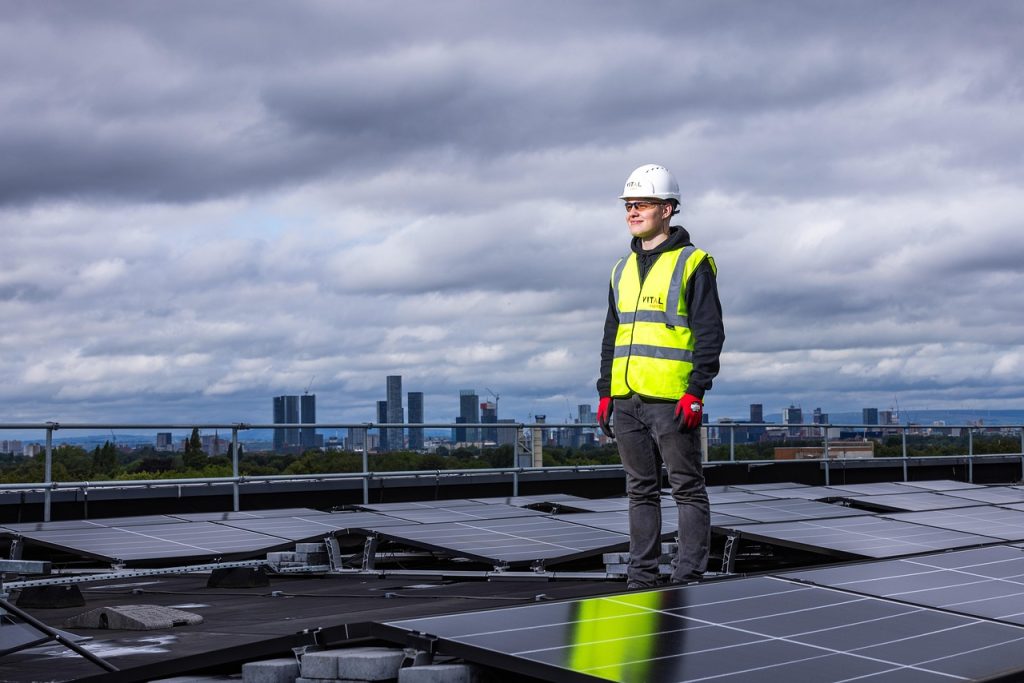The global energy landscape is undergoing a monumental transformation, driven by an urgent need to decarbonize and the incredible pace of innovation in clean energy technologies. From the sun’s harnessing to the very fabric of our energy storage, breakthroughs are not just incremental; they’re redefining what’s possible and fundamentally reshaping industries.
Solar’s New Shine: Beyond the Silicon Frontier
For years, silicon solar panels have been the workhorse of the solar revolution. But the next wave is here. Perovskite solar cells are making significant strides, boasting efficiencies over 25% and the potential for even higher with tandem cells combining perovskite and silicon, pushing past 30%. What’s truly revolutionary is their flexibility, low production cost, and ability to be integrated into diverse surfaces – from building facades to curved structures. Imagine windows that generate power! This innovation is poised to make solar power even more ubiquitous and accessible. Beyond perovskites, bifacial solar panels are also gaining traction, capturing sunlight from both sides to increase energy output by up to 30%, especially in reflective environments. This means more power from fewer panels, optimizing land use.
Energy Storage: The Grid’s New Backbone
The intermittency of renewables has long been a challenge, but advanced energy storage solutions are rapidly closing the gap. While lithium-ion batteries continue to dominate, particularly Lithium Iron Phosphate (LFP) cells for their safety and longevity, new contenders are emerging. Solid-state batteries promise higher energy density and improved safety for electric vehicles and grid-scale storage. For large-scale applications, flow batteries and thermal storage systems (like molten salt for concentrated solar power) offer long-duration solutions, ensuring reliable power even when the sun isn’t shining or the wind isn’t blowing. The global battery storage capacity is projected to grow eightfold to 80 gigawatts by 2025, a clear indicator of this critical shift.
Green Hydrogen: Fueling Hard-to-Abate Sectors
Green hydrogen, produced through electrolysis powered by renewable energy, is no longer just a concept; it’s becoming a viable solution for decarbonizing heavy industries (steel, chemicals) and long-haul transportation (shipping, aviation) – sectors notoriously difficult to electrify. Breakthroughs in ultra-high efficiency electrolyser systems (reaching 98% cell energy efficiency) and reductions in platinum requirements are making green hydrogen more economically competitive. This clean fuel holds immense promise for a truly net-zero future, providing a versatile energy carrier for diverse applications.
These advancements in clean energy are not just technological marvels; they are economic drivers, creating new industries, jobs, and investment opportunities. The future is undoubtedly green, and these innovations are lighting the way.


